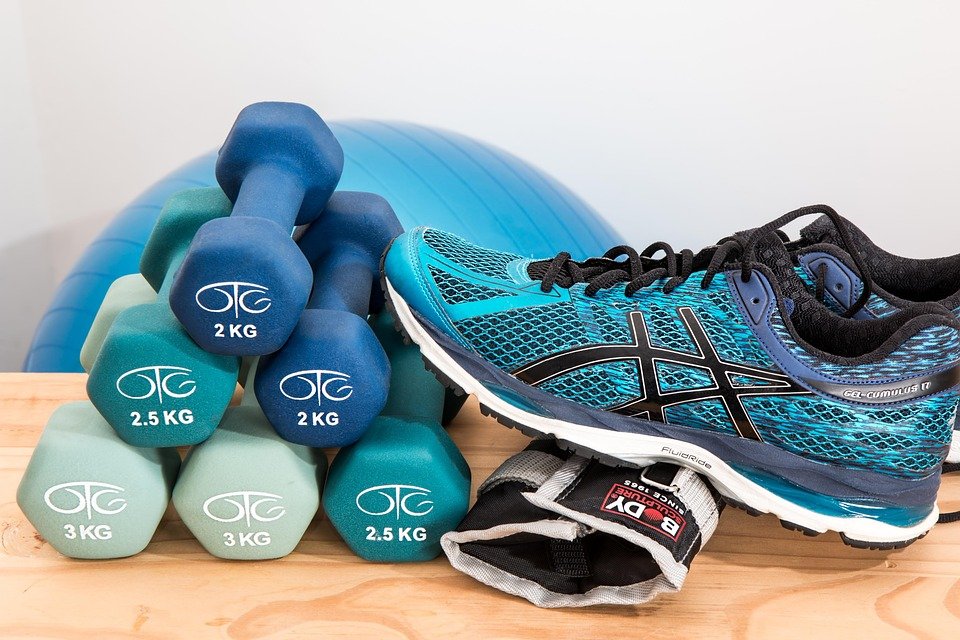[ad_1]
Recovery is just as crucial as training when it comes to athletic performance. Elite athletes understand that pushing their limits requires proper muscle repair and regeneration. Here are seven scientifically backed recovery techniques used by top performers to stay at their peak.
1. Cold Water Immersion (Cryotherapy)
Cold therapy reduces inflammation and muscle soreness by constricting blood vessels and flushing out metabolic waste. Many athletes use ice baths (10-15°C for 10-15 minutes) or whole-body cryotherapy to speed up recovery after intense workouts.
2. Compression Therapy
Wearing compression garments improves blood circulation, reduces swelling, and accelerates muscle repair. Studies show that compression gear helps decrease delayed onset muscle soreness (DOMS) and enhances recovery between training sessions.
3. Active Recovery (Low-Intensity Exercise)
Instead of complete rest, elite athletes engage in light activities like swimming, cycling, or yoga. Active recovery promotes blood flow, which helps remove lactic acid and delivers nutrients to fatigued muscles.
4. Proper Hydration & Electrolyte Balance
Dehydration impairs muscle function and slows recovery. Athletes replenish fluids with water and electrolyte-rich drinks to restore sodium, potassium, and magnesium levels, which are essential for muscle contraction and relaxation.
5. High-Quality Sleep & Napping
Sleep is when the body repairs muscle tissue and releases growth hormone. Many top athletes prioritize 7-9 hours of sleep and even incorporate 20-30 minute power naps to enhance recovery and cognitive function.
6. Massage & Foam Rolling (Self-Myofascial Release)
Massage therapy reduces muscle tightness and improves flexibility by breaking down adhesions in the fascia. Foam rolling is a cost-effective alternative that helps release tension and improve range of motion.
7. Nutrition & Protein Timing
Post-workout nutrition is critical for muscle repair. Elite athletes consume a combination of fast-digesting proteins (whey) and carbohydrates within 30-60 minutes after training to maximize glycogen replenishment and muscle protein synthesis.
Final Thoughts
Recovery isn’t just about resting—it’s about optimizing the body’s ability to rebuild stronger. By incorporating these proven techniques, athletes can reduce injury risk, improve performance, and maintain long-term success.
Which recovery method do you find most effective? Let us know in the comments!
[ad_2]






